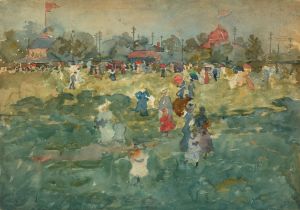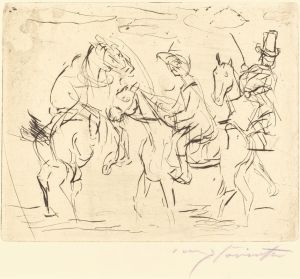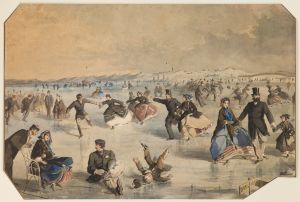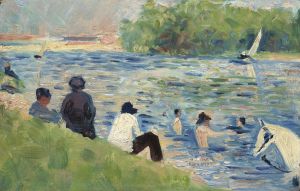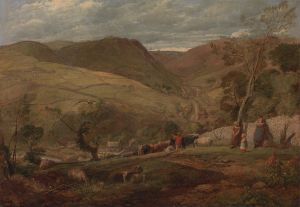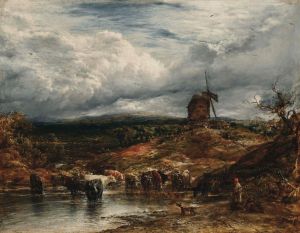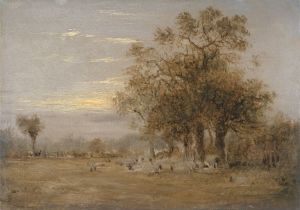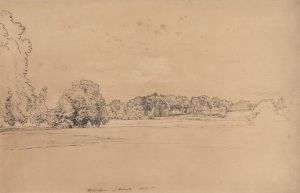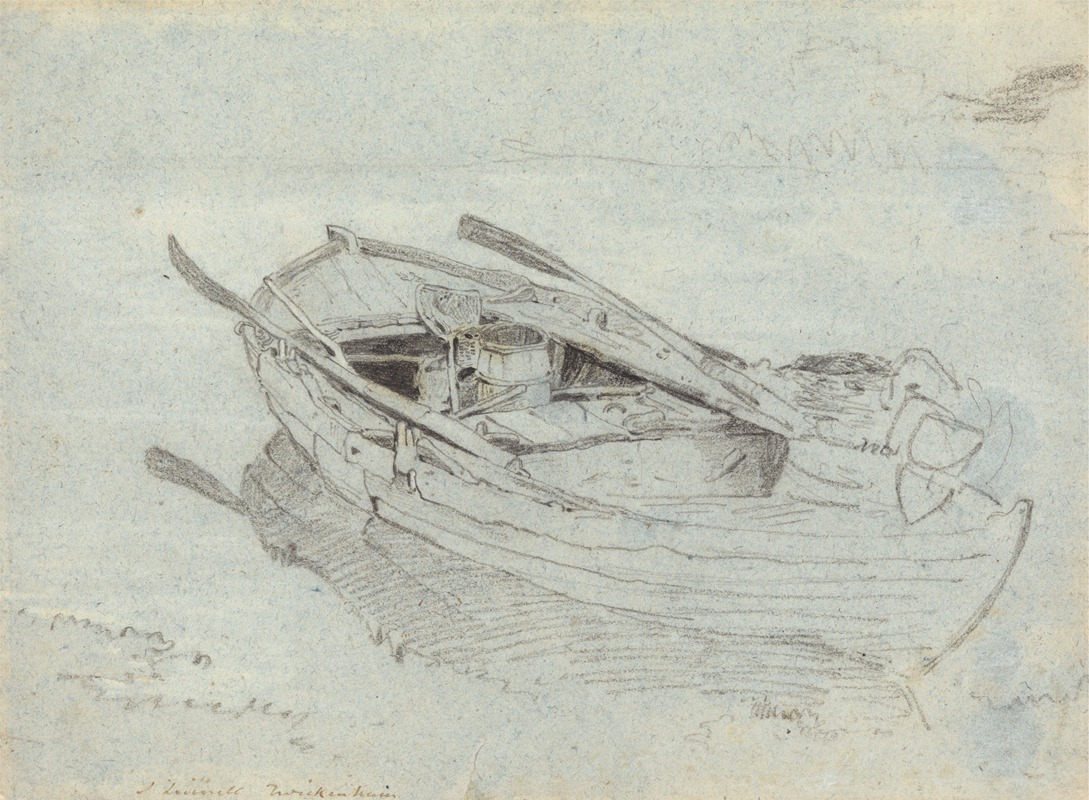
A Rowing Boat at Twickenham
A hand-painted replica of John Linnell’s masterpiece A Rowing Boat at Twickenham, meticulously crafted by professional artists to capture the true essence of the original. Each piece is created with museum-quality canvas and rare mineral pigments, carefully painted by experienced artists with delicate brushstrokes and rich, layered colors to perfectly recreate the texture of the original artwork. Unlike machine-printed reproductions, this hand-painted version brings the painting to life, infused with the artist’s emotions and skill in every stroke. Whether for personal collection or home decoration, it instantly elevates the artistic atmosphere of any space.
John Linnell's painting A Rowing Boat at Twickenham is a work by the British artist, who was known for his landscape and portrait paintings during the 19th century. Linnell, born in 1792 and active until his death in 1882, was a prominent figure in the Romantic art movement in England. His works often depicted rural and natural scenes, reflecting his interest in the beauty of the English countryside.
The painting A Rowing Boat at Twickenham captures a serene moment along the River Thames at Twickenham, a location historically associated with leisure and natural beauty. Twickenham, situated in southwest London, was a popular retreat for artists and writers during the 18th and 19th centuries. The river and its surroundings provided inspiration for numerous works of art, and Linnell's painting is one such example.
In this artwork, Linnell employs his characteristic attention to detail and use of light to create a tranquil atmosphere. The scene features a rowing boat on the river, surrounded by lush greenery and calm waters. The composition reflects Linnell's skill in portraying the interplay between light and shadow, as well as his ability to evoke a sense of peace and harmony in nature.
Linnell's works often carried a sense of realism combined with a Romantic sensibility, and A Rowing Boat at Twickenham is no exception. While the painting is not as widely known as some of his other works, it remains an example of his dedication to capturing the essence of the English landscape. Linnell's art was influenced by his contemporaries, including John Constable and William Blake, though he developed a distinct style that set him apart.
The painting is believed to have been created during the mid-19th century, a period when Linnell was at the height of his career. During this time, he produced numerous landscapes that showcased his mastery of naturalistic detail and his deep appreciation for the rural environment. His works were well-received during his lifetime, and he enjoyed considerable success as an artist.
Today, A Rowing Boat at Twickenham is recognized as part of Linnell's broader body of work, which continues to be studied and appreciated for its contribution to British art. The painting is held in a private collection or museum, though specific details about its current location or provenance are not widely documented.
This artwork exemplifies Linnell's ability to capture the quiet beauty of everyday scenes, making it a valuable piece within the context of 19th-century British landscape painting.





